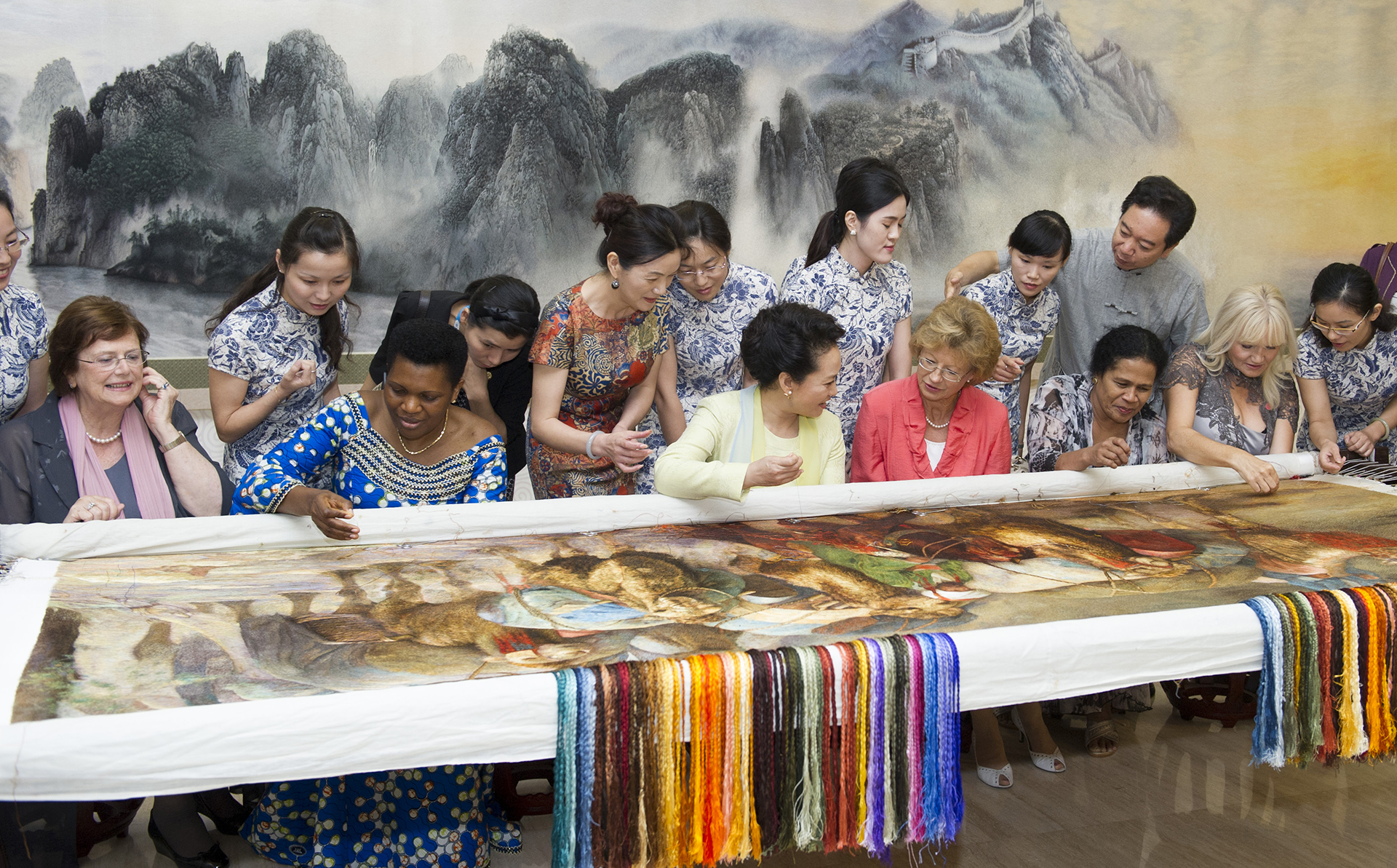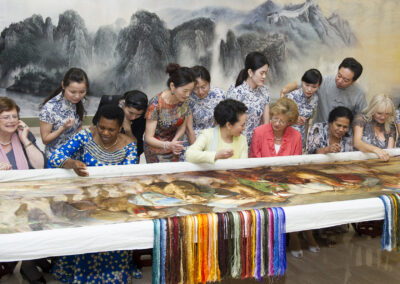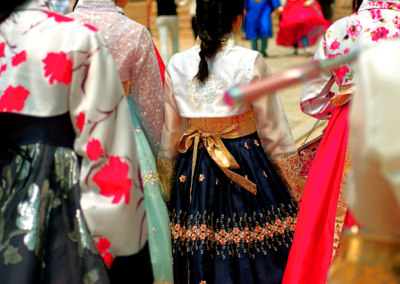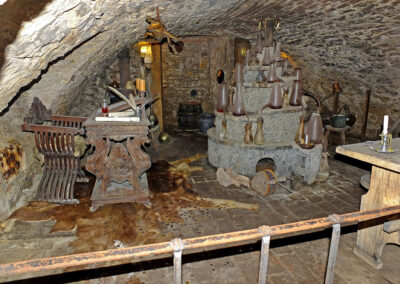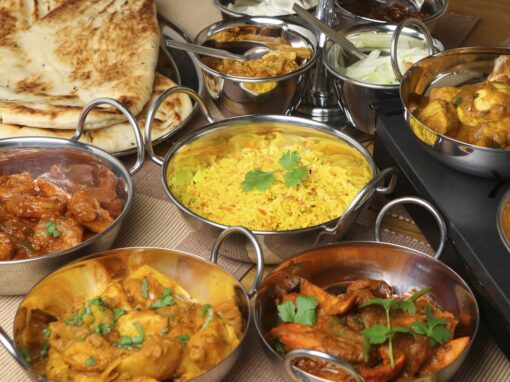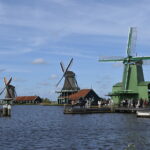Suzhou, is a major city in Jiangsu province, China. As part of the Yangtze Delta megalopolis, it is a major economic centre and focal point of trade and commerce.
Founded in 514 BC, Suzhou rapidly grew in size by the Eastern Han dynasty, mostly due to emigration from northern China. From the 10th century onwards, it has been an important economic, cultural and commercial centre.
By the Song dynasty, it was commonplace for families to raise silkworms and create embroidery that reflected traditional Chinese paintings, giving rise to the term ‘painting by needle’. After 1644, it further elevated its status during the Qing dynasty, with Suzhou being declared the “City of Embroidery”. Embroideries from this period became coveted items among the imperial family and wealthy patrons, enhancing the prestige of Su embroiderers and ensuring the craft’s survival and growth.

Yao Jianping, a master of Suzhou embroidery, says: “To see Suzhou embroidery is to experience a part of China’s soul, a piece of our ancient artistic identity preserved through the ages,”
Suzhou embroidery, known locally as Su embroidery, has a history stretching back more than 2,000 years. As Suzhou embroidery museum explains: “It initially was used for decorating clothing and household items, Su embroidery evolved during the Song dynasty (1368-1644) to include the use of needles as thin as a hair, producing works of art that rivalled the finest paintings of the era.”
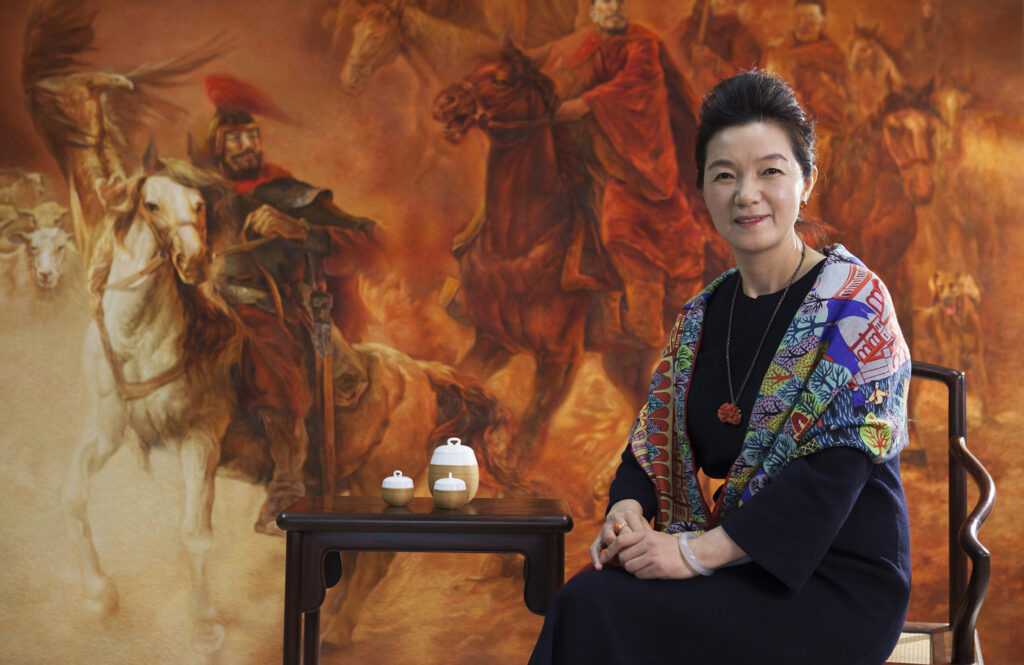
As Suzhou developed into a centre of silk production, embroidery became increasingly integrated into the city’s cultural and economic life. By the Song dynasty, it was commonplace for families to raise silkworms and create embroidery that reflected traditional Chinese paintings, giving rise to the term ‘painting by needle’. After 1644, it further elevated its status during the Qing dynasty, with Suzhou being declared the “City of Embroidery”. Embroideries from this period became coveted items among the imperial family and wealthy patrons, enhancing the prestige of Su embroiderers and ensuring the craft’s survival and growth.
Su embroidery is not merely a local craft but a profound cultural heritage that has been meticulously passed down from one generation to the next. Each stitch and colour blend is a testament to a history that combines art with storytelling. Today, the legacy of Su embroidery is carried forward by masters like Yao Jianping.
Yao Jianping, born in 1967, comes from a family of embroiderers in Zhenhu, Suzhou, the origin of Su embroidery. Her grandmother and mother had embroidered for generations, and under the influence of her family, she picked up needlework at the age of 8 and began to learn, and the image of helping her mother thread needles and threads under the dim kerosene lamp is still fresh in her memory.
“At the age of 12, I was able to make an embroidered tie on my own. I have never put down the embroidery needle It can be said that Su embroidery has run through my life,” she says.
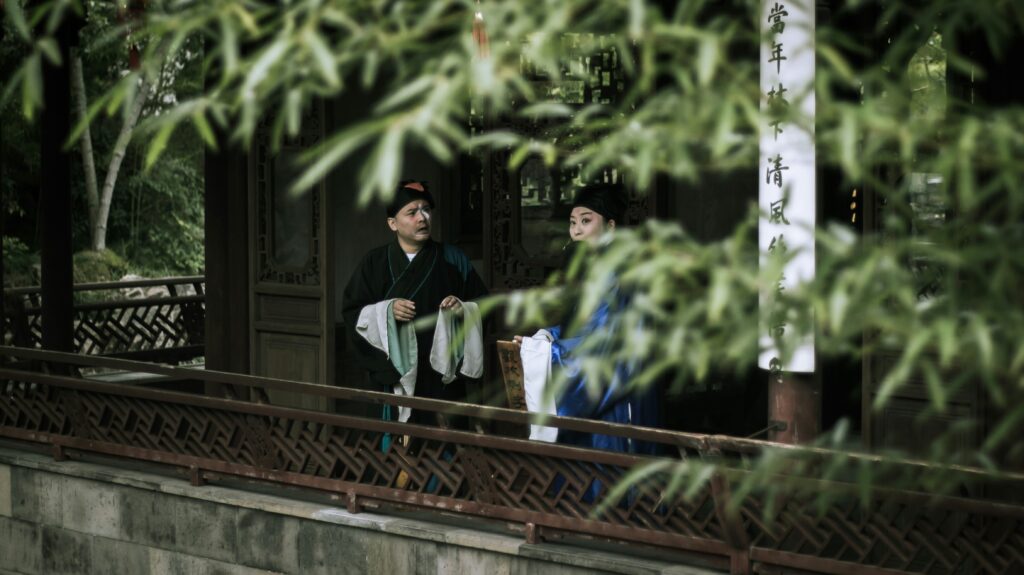
In 1986, 20-year-old Yao Jianping entered the embroidery class of Suzhou Arts and Crafts School, and after graduation, she was hired as an embroiderer by Suzhou Silk Garment Factory. During the study stage, Yao Jianping was deeply shocked by the expressive embroidery of the masters.
She says: “The works of the predecessors are so vivid, and I only managed to embroider the patterns, but it is far from reaching the height of fine art.”
She knows that Su embroidery is not only a skill but also a cultural and spiritual inheritance. Therefore, she always insists on using the most traditional way, stitch by stitch to embroider exquisite works.
Yao Jianping’s approach to embroidery blends tradition with innovation. Her work not only adheres to the meticulous standards of Su embroidery but also incorporates contemporary themes and techniques, reflecting modern aesthetics while preserving the integrity of traditional methods. She also promotes the concept of ’embroidery with the times.’ By creating works that reflect contemporary themes, she pushes the art of Suzhou embroidery to new heights.
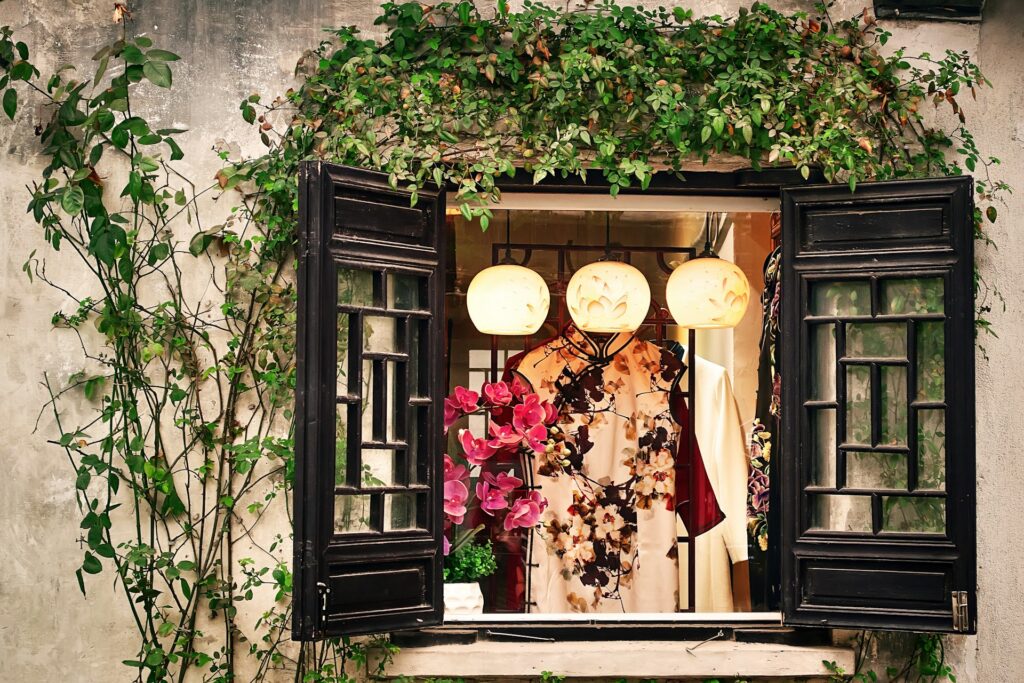
She says: “Incorporating modern elements into traditional embroidery ensures that our heritage remains alive and relevant,” Mrs Yao explains. “It is about passing on the torch in a way that resonates with the younger generations, ensuring they feel the connection with their identity.”
Yao advocates for the integration of traditional arts education within China’s academic system to nurture future talent and interest in heritage crafts.
She says: “Now, many intangible cultural heritage facing serious threats. We have initiated numerous projects to promote intangible cultural heritage and its sustainability. For example, Suzhou University established the Institute of Su Embroidery Art in 2013, which is a very practical initiative.”
In the embroiderer’s studio, as the garden of silk bloomed under Yao Jianping’s skilled hands, the enduring allure of Suzhou embroidery was clear. It is a vibrant thread in the fabric of Chinese culture, a living tradition that weaves together history, art, and personal expression.
For visitors to Suzhou, experiencing the art of Su embroidery offers a unique insight into the city’s cultural fabric. Museums, workshops, and schools throughout the city offer classes and demonstrations, allowing tourists to engage directly with this ancient craft. This interaction offers more than just education. It provides an immersive experience connecting people with Suzhou’s historical and cultural essence.


